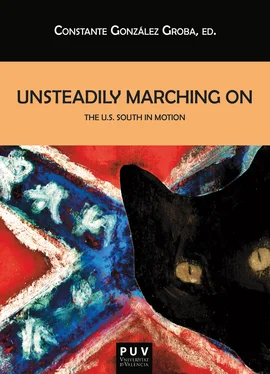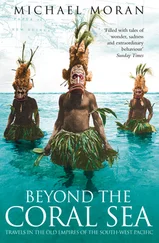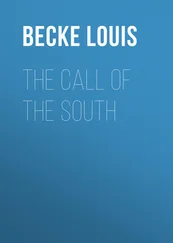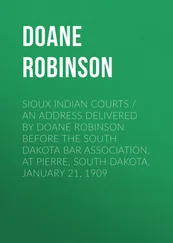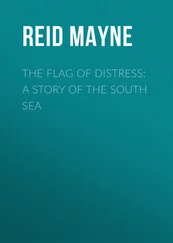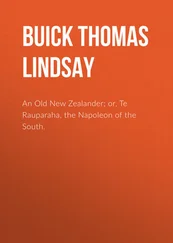The variety of essays in this collection confirms the plurality of approaches to the theme of motion and change in the US South, that region whose distinctive history, literature and culture continue to reveal new insights to all scholars and readers willing to take those roads of discovery.
Works Cited
Bauman, Zygmunt. Identity: Conversations with Benedetto Vecchi. Cambridge: Polity, 2004.
Mason, Bobbie Ann. Clear Springs: A Memoir . New York: Random House, 1999.
Smith, Lee. “The South under Siege, Yet Again.” New York Times 29 Apr. 2007. < http://www.nytimes.com/2007/04/29/opinion/29smith.html>.
Smith, Lillian. Killers of the Dream. 1949. Revised edition 1961. New York: Norton, 1994.
I
INWARD JOURNEYS
Mister M, Mister I, Mister SSI
Bill Lazenbatt
“The Mississippi,” says Mark Twain in the opening sentence of his Life on the Mississippi , “is well worth reading about. It is not a commonplace river, but on the contrary is in all ways remarkable” (13). Certainly, in relation to the South, the central importance of the river topographically, historically, commercially and culturally cannot be over-stated. As the main artery flowing through the region, it is also the most significant site of the journeys made by southerners at various points in time, and it enjoys a permanent significance in the literature of the South.
It is a commonplace of criticism that the literary river journey may frequently be interpreted as a journey of self-definition, an excursion not simply into the less explored reaches of the actual river, but into the psychology of the characters involved; the best example of which is probably Conrad’s Heart of Darkness . This essay will explore the minds of several male voyagers on the mighty Mississippi, to enquire into the extent to which their river experiences help to clarify or consolidate their gender definition and sense of masculinity. It will refer to representative texts by the giants of southern literature, Twain and Faulkner, as well as more recent work by Richard Ford and – to provide a woman’s perspective – Lee Smith. Firstly, it is pertinent to ask if there is any correlation between the sense of maleness referred to and the designated gender of the river itself. Why are some rivers considered male and others female?
There appears to be no obvious pattern to the way in which we attribute gender to particular rivers: some are designated as feminine; others are resolutely masculine. Topographical or geographic similarities fail to provide a satisfactory explanation, though one internet commentator, considering linguistic gender in German, posits the “rule of thumb that really big rivers are masculine (der Nil, der Amazonas, der Mississippi, der Rio Grande, der Rhein) but smaller rivers and streams are feminine (die Elbe, die Bille, die Weser)” (Newton). English, lacking linguistic gender, does not reflect even this degree of consistency. For instance, within literature, an important river like the Thames is given masculinity with the phrase “Old Father Thames” while conversely, in the greatest experimental novel in the English language, Dublin’s equally important Liffey is personified as feminine: Anna Livia Plurabella. If the broader symbolism of the river’s flow likens it to the flow of life, we might find a feminine creative and reproductive principle in the “female” rivers like Anna Livia, or remember that “la Seine est une amante,” or find “male” examples like the Rhine complemented by reference to the Götterdämmerung’s Rhine Daughters. This, however, is not the case for the Mississippi, which is invariably and without qualification given a masculine status as “Old Man River” throughout its appearance in southern literature and culture. Originally named by the Algonquin Indians as the “Father of Waters,” an epithet which Faulkner recycles in The Wild Palms (Brown 79), it retains a sense of masculinity and is most frequently associated with the displays of stereotypically masculine behaviour of those who journey upon it. Indeed, it might be argued that the river is a site of masculine preservation from the opposite and potentially weakening influence of the feminine and that the “River God,” identified by T. S. Eliot in “The Dry Salvages” and invoked by Lionel Trilling in an early essay on Huckleberry Finn , represents a mystical maleness for which the river offers no feminine counterpart (Trilling 115).
The impression of the river as a male domain is reinforced if we consider some of its legendary characters and their exploits. The masculine prowess of Jim Bludso, skipper of the Prairie Belle , provides one example. Commemorated in John Hay’s 1871 ballad, Jim’s character is a blend of rough and ready manliness and instinctive goodness: “He weren’t no saint, them engineers / Is all pretty much alike, / One wife in Natchez-under-the-Hill / And another one here, in Pike; / A keerless man in his talk was Jim, / And an awkward hand in a row, / But he never flunked, and he never lied, / I reckon he never knew how.... / And if ever the Prairie Belle took fire, / A thousand times he swore, / He’d hold her nozzle agin the bank / Till the last soul got ashore” (Hay, “Jim Bludso”). When the old steamboat’s boilers finally do blow, Jim proves courageously to be as good as his word, and gives his own life in order to save the others: “they all got off / Afore the smokestacks fell— / And Bludso’s ghost went up alone / In the smoke of the Prairie Belle .” The final stanza applauds Jim’s courage and manliness: “He weren’t no saint, but at jedgement / I’d run my chance with Jim, / ‘Longside of some pious gentlemen / That wouldn’t shook hands with him. / He seen his duty, a dead-sure thing, / And went for it thar and then; / And Christ ain’t a-going to be too hard / On a man that died for men” (Hay, “Jim Bludso”).
Moreover, as the Christian parallel here suggests, truly admirable masculinity is a composite of physical action and moral integrity. The braggadocio of boastful action is not in itself enough to commend the masculine. That other legendary figure of the Mississippi River, Mike Fink, is perhaps more guilty of such boastfulness. While he appears in many incarnations throughout southern writing, nowhere for this forum is more appropriate to find him in all his conceit and self-praise than in Eudora Welty’s The Robber Bridegroom . Observing the conventions of ebullience and exaggeration which characterise the tall tale, Welty heads straight for hyperbole:
“You doubt that I am Mike Fink? Nevertheless it is true!” yelled the flatboatman. “Only look!” And he doubled up his fists and rippled the muscles on his arms up and down, as slow as molasses, and on his chest was the finest mermaid it was possible to have tattooed at any port. “I can pick up a grown man by the neck in each hand and hold him out at arm’s length, and often do, too,” yelled the flatboatman. “I eat a whole cow at one time, and follow her up with a live sheep if it’s Sunday.... I can carry a dozen oxen on my back at one time, and as for pigs, I tie them in a bunch and hang them to my belt!” (Welty 9)
In addition to this, if addition were needed, Fink boasts further of his male animal attributes and his muscularity:
“I’m an alligator!” yelled the flatboatman, and began to flail his mighty arms through the air. “I’m a he-bull and a he-rattlesnake and a he-alligator all in one! I’ve beat up so many flatboatmen and thrown them in the river I haven’t kept a count since the flood, and I’m a lover of the women like you’ll never see again.” And he chanted Mike Fink’s song: “I can outrun, outhop, outjump, throw down, drag out, and lick any man in the country!” (Welty 10)
Читать дальше
